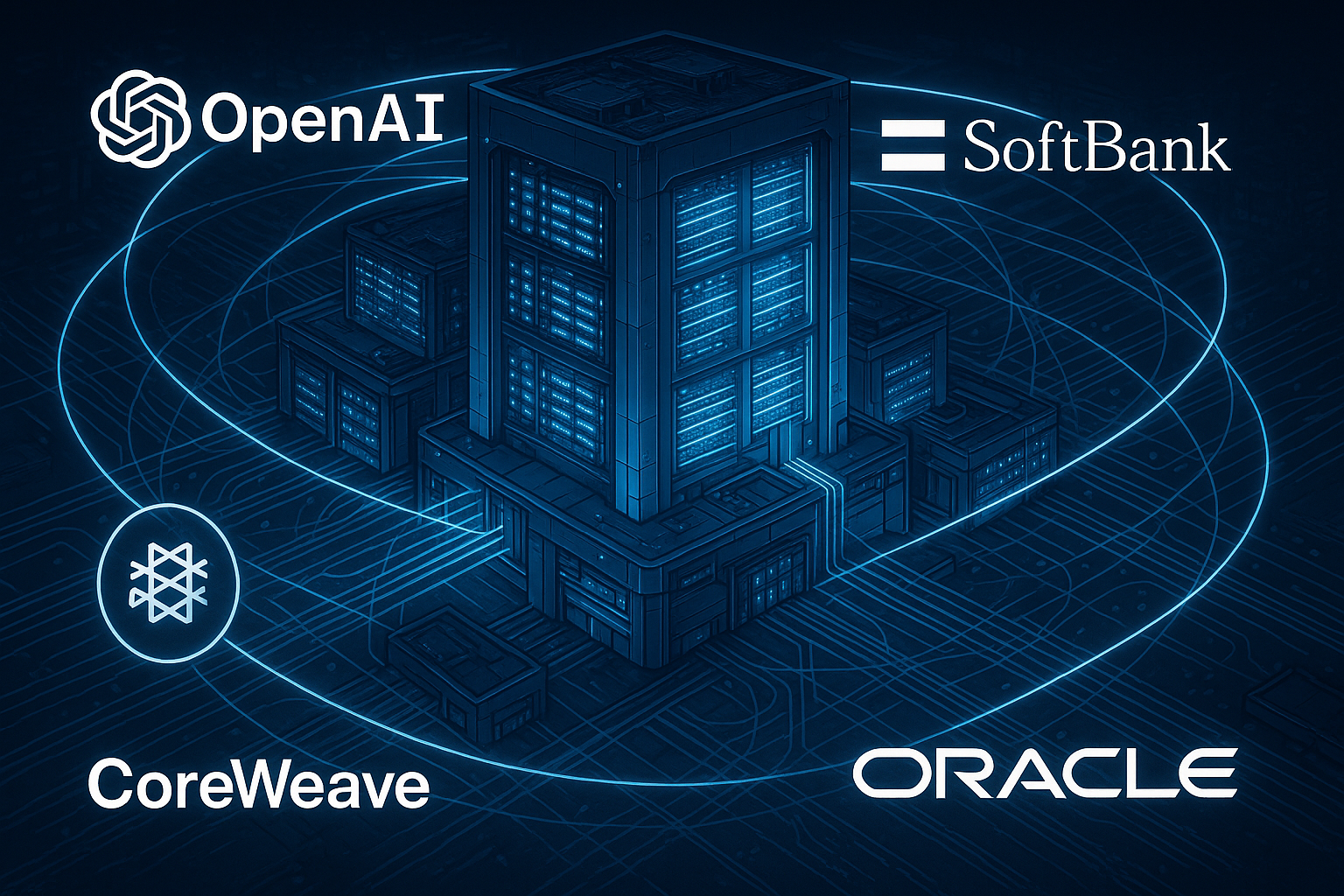OpenAI linked borrowing approaches $100B as data centre funding expands

OpenAI’s rapidly growing infrastructure requirements are driving a surge of borrowing among its partners, pushing total debt tied to the company close to $100 billion, reported Financial Times.
The arrangement allows the artificial intelligence group to scale its computing capacity without assuming equivalent financial liabilities itself — a circular funding structure that is drawing heightened scrutiny across the industry.
Debt builds around OpenAI’s compute demands
SoftBank, Oracle, and CoreWeave have collectively borrowed more than $30 billion to invest in OpenAI or to support data centre construction linked to the company.
An additional $28 billion in loans is tied to private credit provider Blue Owl Capital and infrastructure operators such as Crusoe, which are building capacity for OpenAI-related workloads.
A further $38 billion debt package is currently under discussion between a consortium of banks, Oracle, and Vantage Data Centers, said the FT report.
If finalised, it would support the next wave of OpenAI-focused sites and lift total borrowing associated with the company toward the $100 billion mark.
OpenAI has previously signalled that it intends to raise debt itself to support infrastructure investment.
Yet to date, much of the financial burden has been carried by its counterparties rather than the start-up directly.
The company’s own balance sheet reportedly remains light on leverage, with a $4 billion credit facility secured last year that remains undrawn.
A senior OpenAI executive characterised the approach: the company is looking for ways to “leverage other people’s balance sheets”, the executive told FT.
This strategy allows OpenAI to expand at speed while partners and lenders finance the physical infrastructure required to train and operate its models.
Growing obligations amid record valuation
OpenAI, valued at roughly $500 billion and now the most valuable private company globally, has signed $1.4 trillion worth of compute procurement contracts stretching over the next eight years.
These commitments far exceed its expected annualised revenue of $20 billion currently.
The company argues that scaling data centre and compute capacity remains essential to meet surging usage of its models across consumer and enterprise markets.
“Building AI infrastructure is the single most important thing we can do,” OpenAI said, warning that ongoing shortages in computing power remain the biggest barrier to growth.
Partners are expanding aggressively to meet those demands.
Oracle has already issued $18 billion in corporate bonds to finance data centre capacity for OpenAI-related workloads.
Analysts at KeyBanc Capital Markets forecast that the company may need to borrow as much as $100 billion over the next four years to support its commitments.
Circular financing structure raises concerns
The speed and scale of borrowing is prompting concern among industry observers.
Many of the deals rely on special purpose vehicles (SPVs) designed to isolate financial risk and protect corporate balance sheets.
These include variable interest entities and joint-venture SPVs structured so that lenders, rather than investors, bear potential losses in the event of default.
Blue Owl and Crusoe have already used such an SPV to build OpenAI’s first US data centre in Texas, financed by a $10 billion loan from JPMorgan.
Repayment will be serviced through Oracle’s 17-year lease rather than by the developers themselves.
A second $18 billion loan for a New Mexico site followed the same model.
As partners borrow to meet OpenAI’s commitments and OpenAI depends on partners to finance growth, the circular nature of the capital flows is becoming increasingly pronounced.
With tens of billions in additional infrastructure spending still to come, the durability of this structure is likely to face growing scrutiny from investors, lenders, and regulators alike.
The post OpenAI linked borrowing approaches $100B as data centre funding expands appeared first on Invezz



